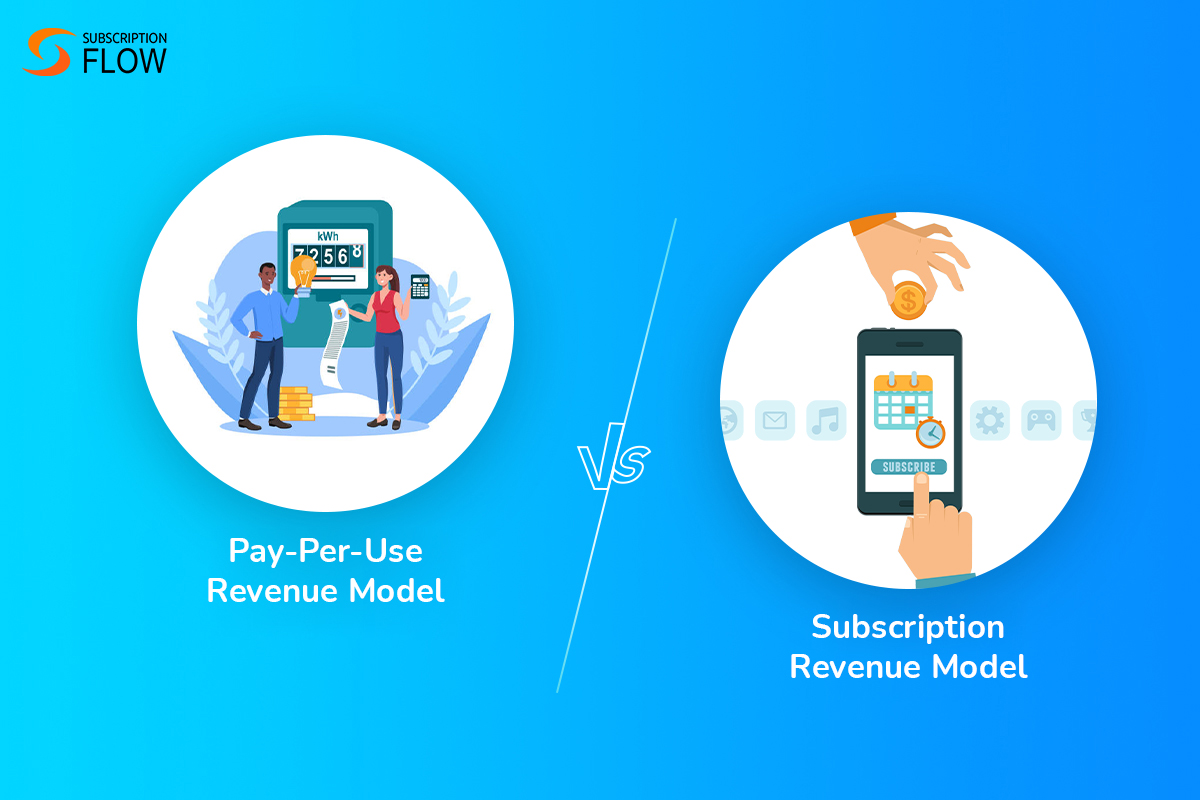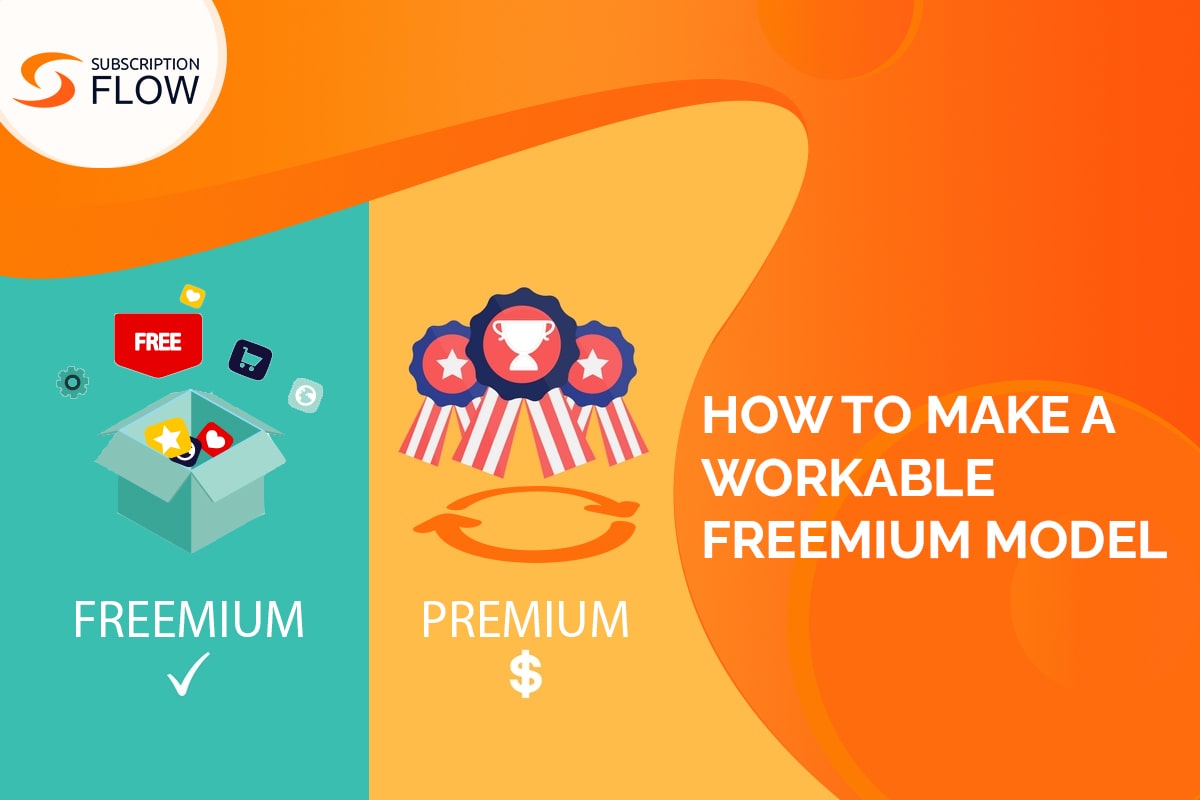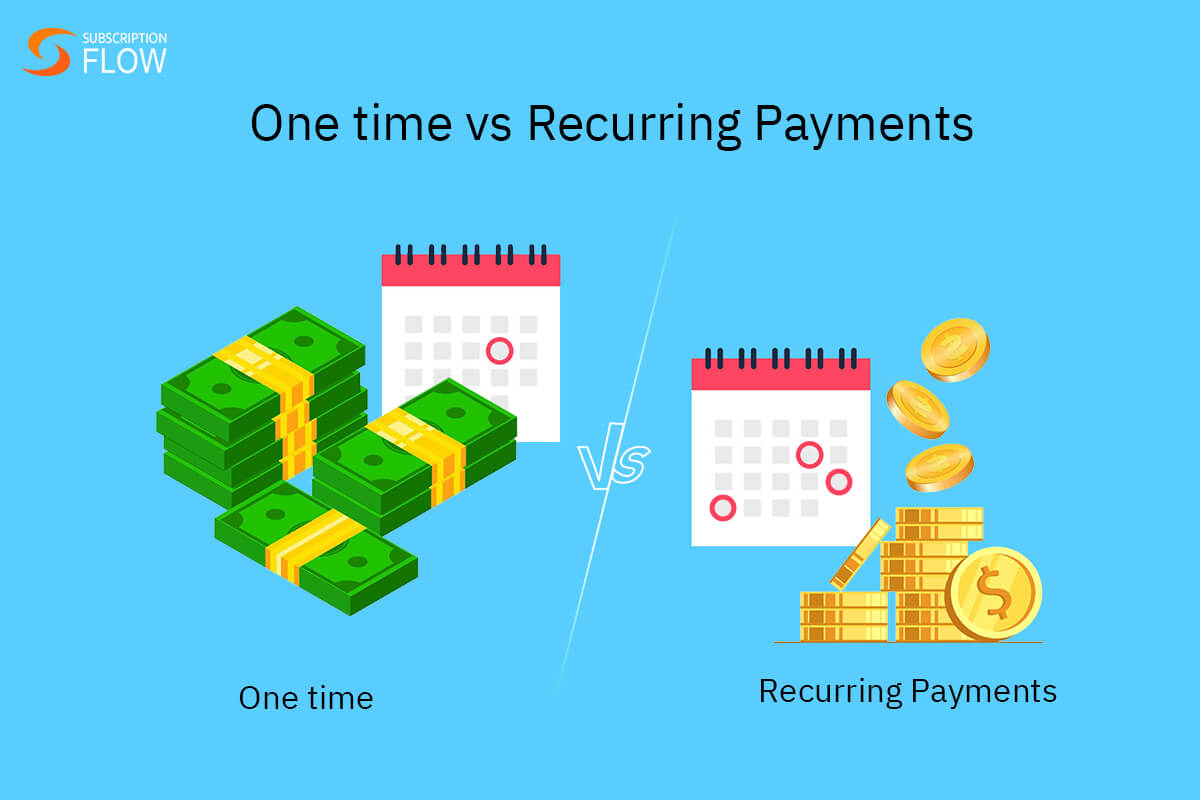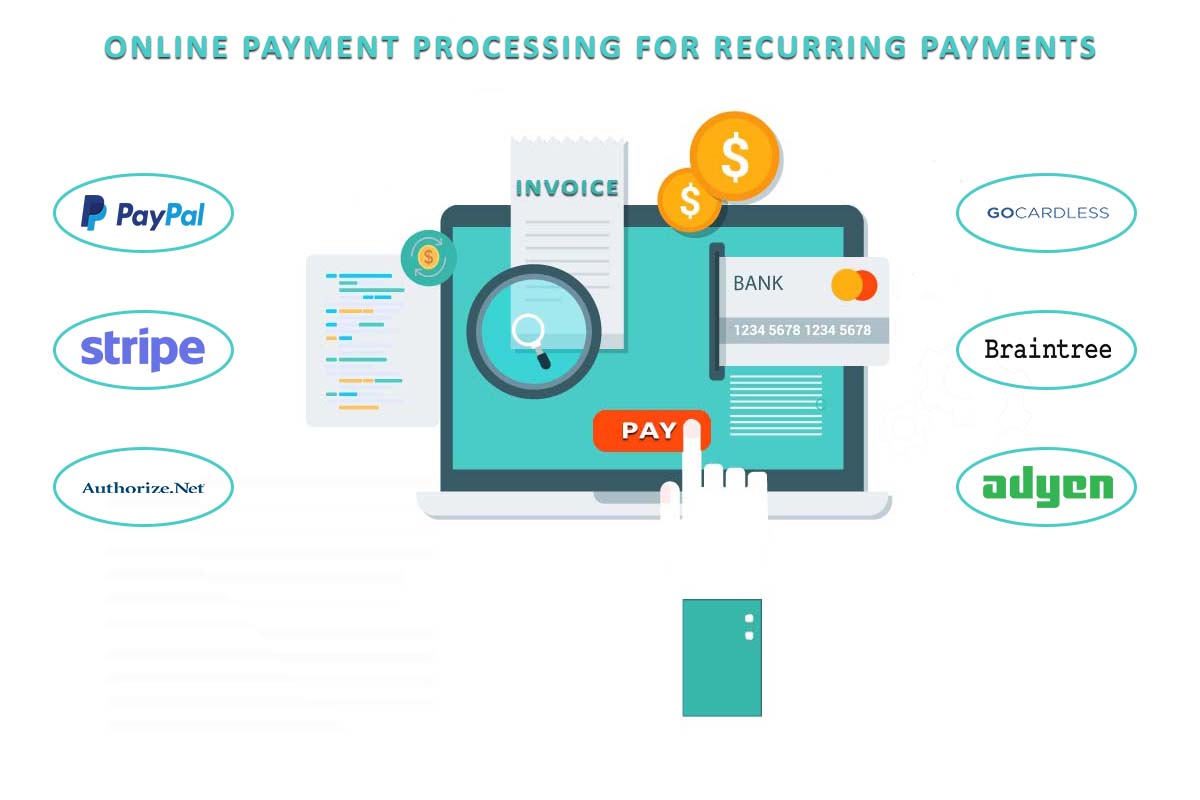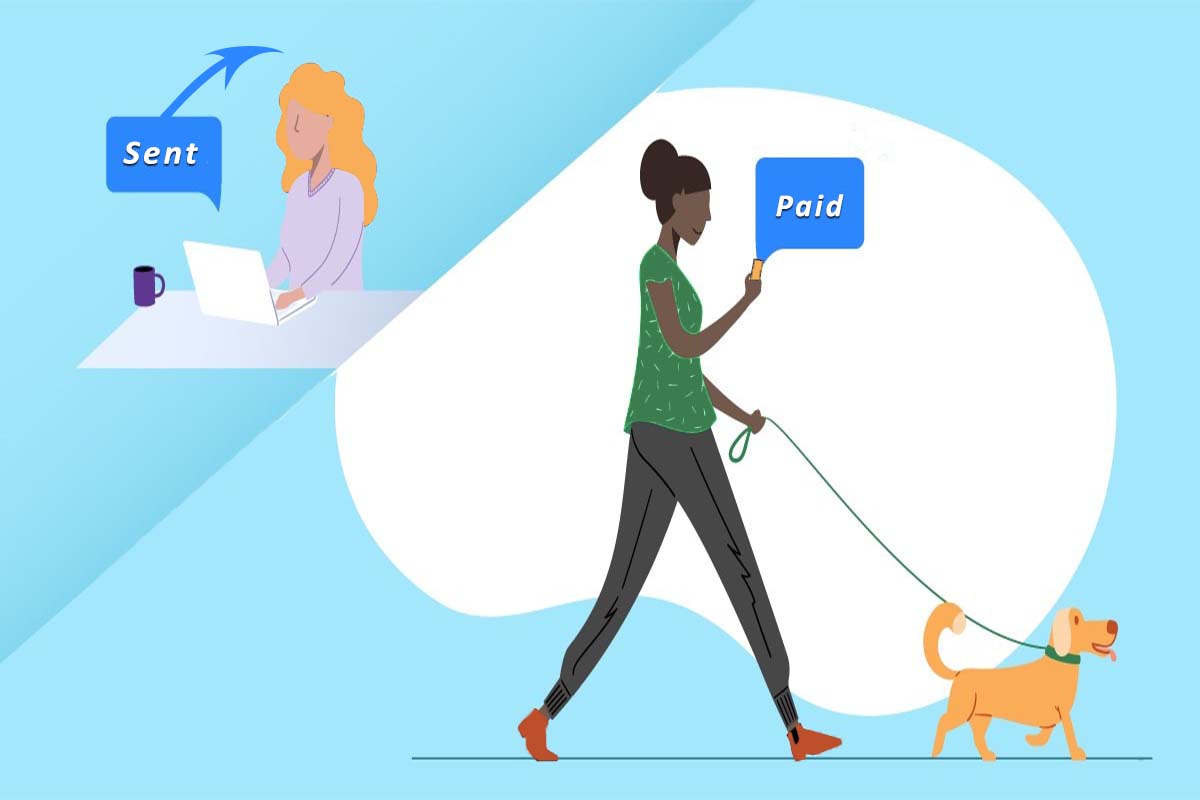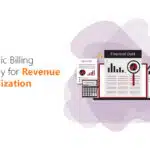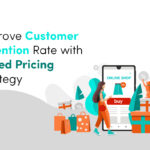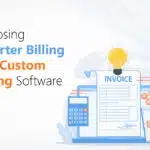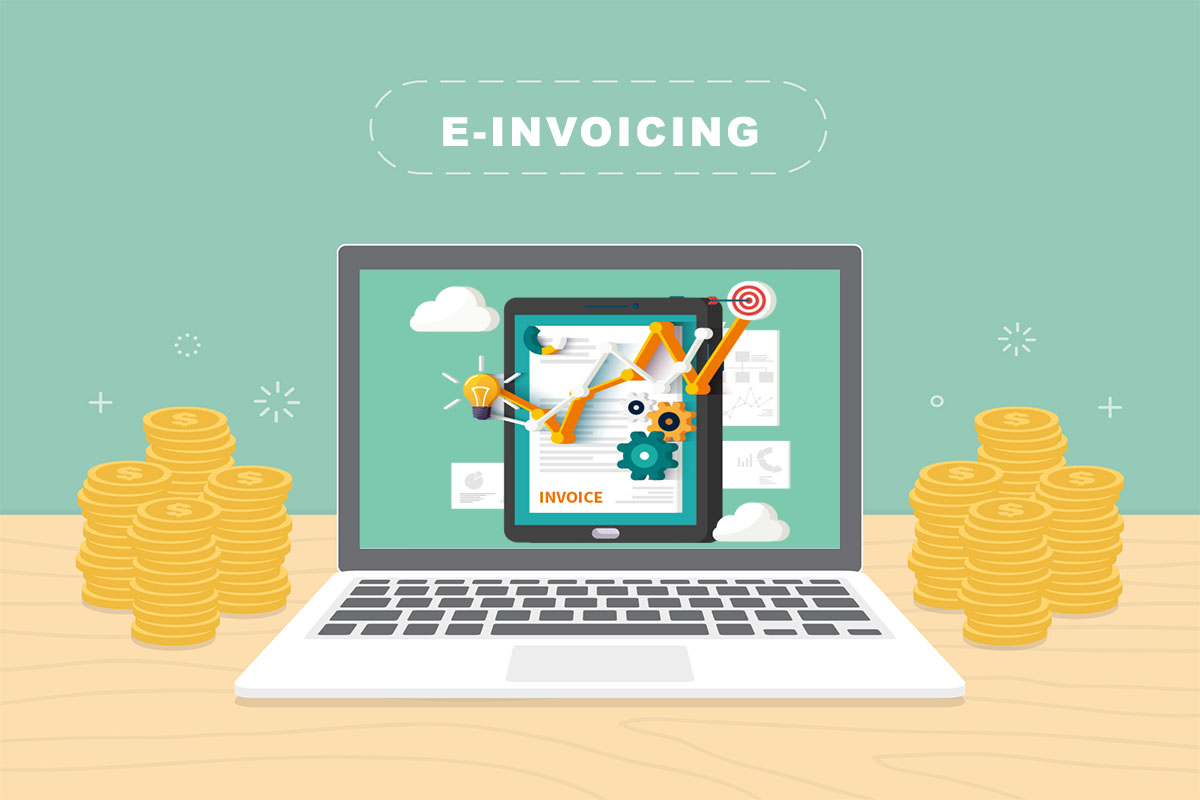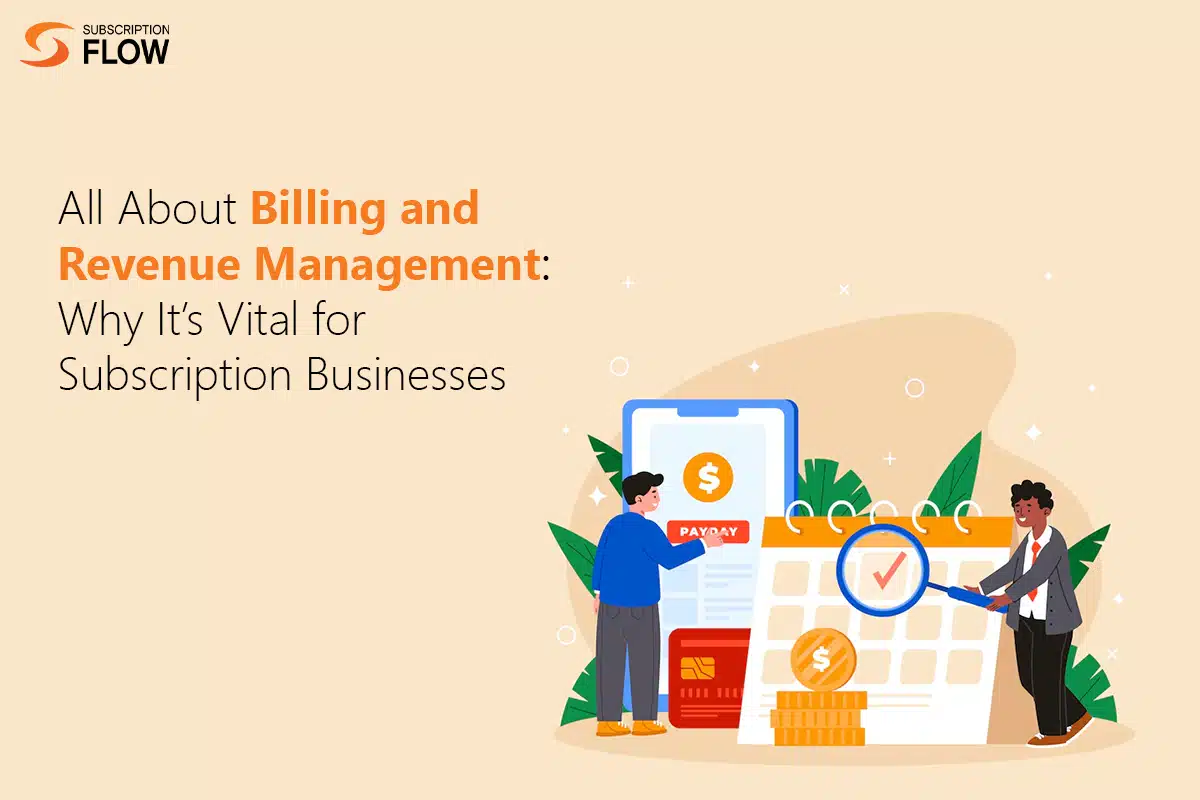
All About Billing and Revenue Management: Why It’s Vital for Subscription Businesses
Successful businesses do not generate and send invoices haphazardly. They aim for financial precision, and organized records. Subscription businesses have to deal with high-volume transactions, and recurring revenue. It is taxing to keep track of all your revenue in such a fast-paced environment. Businesses require a system to set their workflows straight, and aligned for business growth.
This is where billing and revenue management (BRM) comes in. It ensures that subscription businesses charge accurately, collect payments timely, and remain complaint with the revenue recognition standards.
In this article, we’ll dive into the meaning of BRM, its key components, benefits, and how it fuels business growth.
What is Billing and Revenue Management?
Billing and revenue management (BRM) refers to all the processes that businesses carry out to achieve efficient and profitable billing cycles. It involves setting up the right pricing structures for services, billing customers, collecting revenue, and reconciling accounts effectively.
The main strength of BRM lies in simplifying and automating complex billing processes. It aligns all the billing operations towards the goals of maximized profitability, minimized costs, and customer retention. BRM is especially significant for businesses that manage recurring revenue, such as subscription businesses.
Subscription businesses are more prone to revenue leakage due to their complex pricing models, and billing schedules. BRM software optimizes their revenue management by enhancing billing workflows, providing insights into customer demand, and monitoring business performance.
5 Key Components of Billing and Revenue Management
1. Charging
Charging entails defining the prices of products or services that are to be charged to the customer. Charging is the central function of BRM, as it ensures that customers are billed according to their service usage, and type. For instance, if a user has subscribed to a monthly subscription plan, the BRM system would charge them their due amount each month, on the exact billing date.
Charging can be usage-based, as seen in cloud-storage services. Users pay according to the amount of storage they utilize. Thus, it is also BRM’s function to track service usage proactively, and apply charges accordingly. BRM software helps businesses implement the most suitable pricing model for their services. Some examples of pricing models are flat-rate, tiered, per-user and hybrid.
Businesses can also leverage the precise calculations of their BRM system to set up and apply discounts and coupons. Manually applying such special prices can be error-prone and imprecise. BRM eliminates this complexity by automating the charging process.
2. Billing
Billing means carrying out a set of functions to collect customer payments on time. It involves invoice generation, invoice transfer, payment collection, account reconciliation, and payment recovery.
BRM facilitates automatic billing. It means that it auto-generates invoices within your system according to customers’ subscription plans and payment schedules. The invoices include details of any taxes applied as well. The tax type and amount is based on the region your business operates in. If you are a global business, BRM supports invoicing in multiple currencies for customer convenience.
The invoices are then delivered to the customers via email, self-service portal, or other means. Automated recurring billing can also be enabled with customers’ consent. That way payments are automatically deducted from customers’ accounts without requiring consent each time.
Moreover, BRM tracks payments in real-time and flags unpaid invoices. It also manages customer refunds, chargebacks, prorated charges, and prepaid credits effectively.
3. Post-Payment Account Reconciliation
This component of BRM is specifically related to the post-payment financial processes. BRM supports a number of payment methods for quick and seamless payment processing. These methods include credit/debit cards, bank accounts, and alternative payment methods like digital wallets, etc.
If payments fail, the BRM system automatically runs dunning protocols to recover the lost revenue. The protocols may include payment failure notifications, payment fetching retries, follow-up reminders, service suspension, and more.
Accounts are reconciled by matching the collected customer payments with the total invoices generated. This helps in identifying outstanding payments, and prevents revenue leakage. All the necessary billing adjustments (discounts, credits, etc.) are also made by the system, and customer accounts are updated accordingly.
4. Customer Management
Customer management entails managing subscriber accounts, addressing their issues, and providing self-service options. BRM software handles customer subscriptions by facilitating smooth sign-ups, adjusting subscription modifications, and managing cancellations.
Advanced BRM platforms like SubscriptionFlow activate self-service portals for customers, so they can manage their subscriptions themselves. Via self-service portals, customers can upgrade or downgrade their plans, change payment information, request support, download invoices, and more.
Customer management also involves handling refunds and chargebacks efficiently. The smoother such post-payment services are, the better the customer experience. Resolving customer issues diligently is important for retaining them.
Businesses can develop various strategies to retain customers or win back the churned ones. They can, for instance, offer loyalty rewards, personalized discounts, and tailored subscription bundles to target customers at a high churn risk. The BRM system assists in the effective implementation of these strategies.
5. Business Intelligence
BRM systems provide businesses with deep insights into their customer behaviors, and financial performance. They can generate detailed financial reports in the system, and customize them according to unique needs. For instance, they can generate reports on revenue trends, and customer churn rate. These reports present data in formats that are easy to decipher.
The system also offers usage analytics that inform businesses about their most popular plans or services. They can analyze the performance of their pricing strategies, and billing models. These insights can be leveraged to improve service delivery, and back-end mechanisms, such as billing.
Choosing the Right BRM Solution for Your Business
Your selection of BRM software depends upon your business needs, and the features you require. Following are some essential features too look for in BRM software:
- Automation of Repetitive Tasks
Repetitive tasks include recurring billing according to specific schedules. Your BRM system must automate billing to maintain accuracy, and prevent errors that might lead to revenue leakage or customer dissatisfaction.
Make sure it supports usage-based billing, proration, and flexible billing adjustments. These calculations can be imprecise if calculated manually. Dunning management is another crucial feature to look for. Intelligent dunning procedures prevent involuntary customer churn.
- Integration Capabilities
If you use external platforms to streamline operations, choose a BRM system that supports integrations. You can choose to integrate with accounting platforms, ERP systems, CRMs, payment gateways, tax compliance tools, e-commerce platforms, and more. Just ensure that your system is flexible enough for stress-free integrations.
- Customization
Always check whether the system supports the workflows unique to your business. You might offer more than one billing models, or hybrid billing. You may also prefer branding your invoices and creating them in multiple currencies. Some businesses require custom role-based access control where they can define user permissions themselves. They also might want to apply special discounts to their products. All of these concerns must be communicated to the merchant beforehand.
- Compliance & Tax Management
BRM software recognizes your revenue according to the ASC 606 and IFRS 15 standards. It generates revenue reports compliant with revenue regulations. It also automates your tax compliance with specific tax types, such as VAT and GST. You should check if the software offers compliance with any region-specific regulations, such as e-invoicing rules in Europe. Such measures relieve you of the burden of maintaining compliance manually, and protect you from hefty penalties.
- Scalability
Go with a scalable BRM system that can grow alongside your business. This is important to prevent system crashes as your subscription volume increases. Ensure that the software can process a large number of payments in the same month. It must also offer multi-currency options for international businesses. Advanced BRM systems have flexible APIs, so that you can grow your suite of integrations as you scale.
- User Experience
There are a number of solutions that BRM software offers to enhance user experience. For instance, self-service portals which make customers feel in control of their subscriptions. Another customer-friendly offering can be AI-powered chatbots that address customer queries in real-time. Ensuring smooth customer sign ups and onboarding also improve customer satisfaction.
If the BRM software of your choice has all these features, plus the ones that address your specific needs, you’re making a smart investment.
Advantages of Billing and Revenue Management for Subscription Businesses
- Streamlined Revenue Operations: BRM is especially useful for subscription businesses as it enhances their RevOps (revenue operations). They get to have automated billing, and dunning management. Due to the precise billing adjustments, usage-tracking and subscription handling of BRM, businesses can tackle payment disputes better. Refined workflows minimize revenue leakage, and boost profitability.
- Improved Customer Lifecycle Management: Customer retention is one of the core components of BRM. It facilitates businesses in managing customer subscriptions and plan modifications effortlessly. Businesses can personalize interactions with customers, and offer them self-service options to keep them actively engaged.
- Data Accessibility: BRM is cloud-based. It means you can access your business and customer data from any place, anytime. It integrates seamlessly with external systems to consolidate all your data on a unified platform. This prevents data discrepancies, and saves you from the hassle of switching between systems to get the full picture of your data.
- Data-Driven Decision Making: Businesses gain actionable insights into their key metrics, customer activities, revenue trends, billing performance, and more. These insights are helpful in optimizing operations, and predicting revenue.
SubscriptionFlow: The Trusted BRM Solution
SubscriptionFlow is an all-in-one subscription management and billing platform that provides you with the complete set of BRM functions. We automate billing, let you implement dynamic pricing models, and offer advanced reporting capabilities.
We facilitate revenue growth while keeping customer satisfaction our priority. Leverage our features such as intuitive self-service portals, customizable invoices, and smart dunning to fuel customer retention. Integrate with the payment gateways and external software of your choice to optimize payments and accelerate workflows.
Book a demo with SubscriptionFlow today to tap into the strength of billing and revenue management, and boost your bottom-line.

